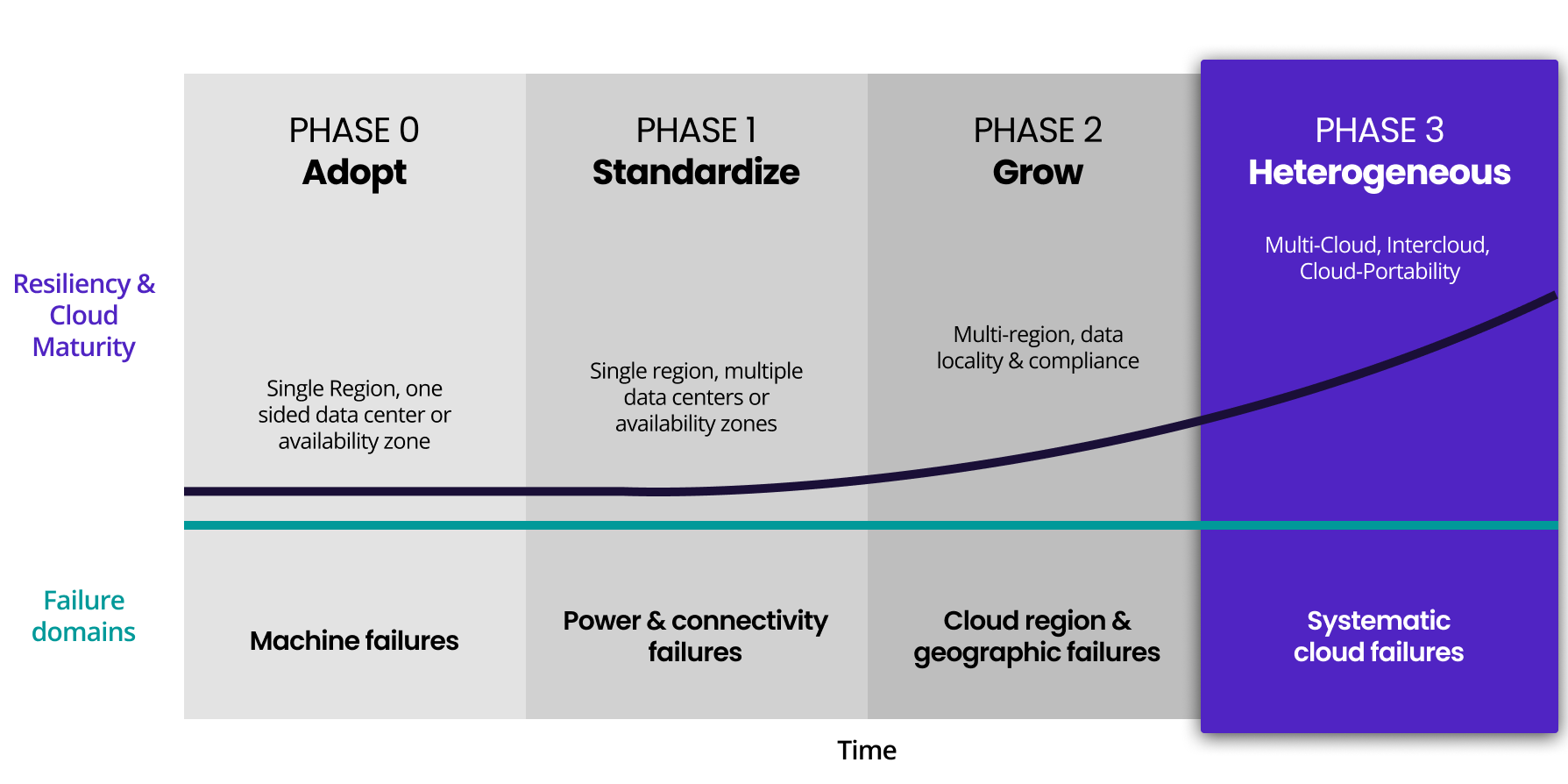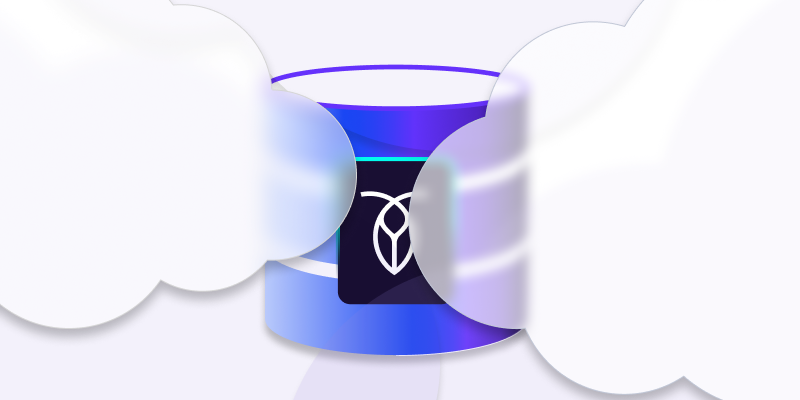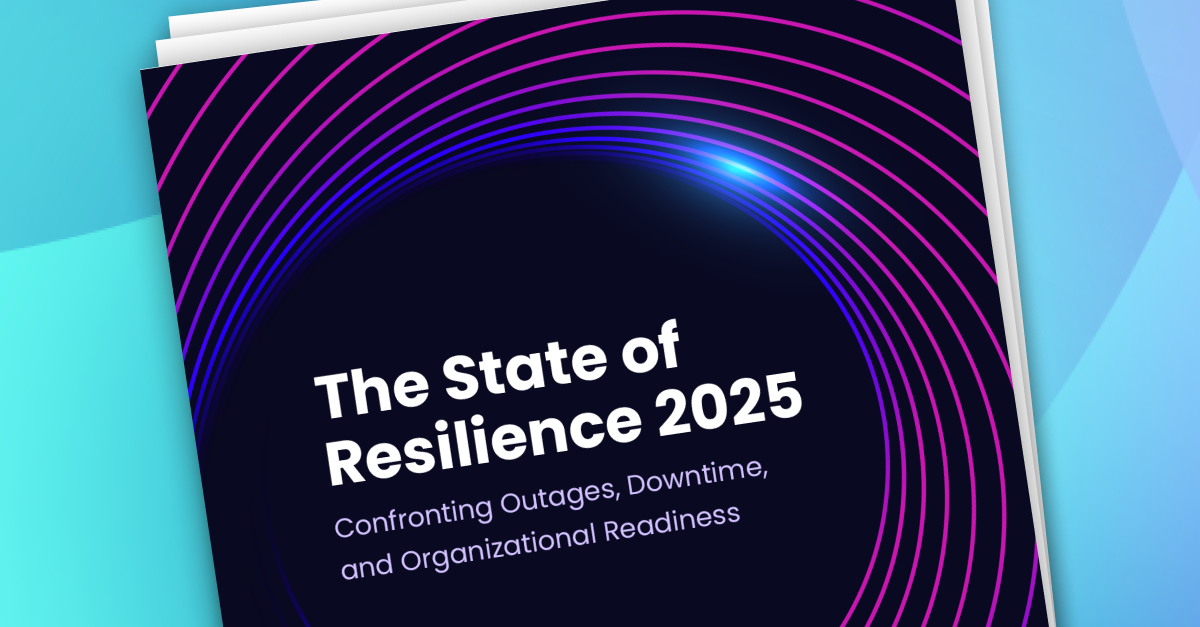In our report on The State of Multi-Cloud 2024, a sponsored study, 300 cloud architects and engineers shared their opinions on multi-cloud and cloud adoption. We found that 50% of the companies surveyed across the US, UK, and Germany, had already adopted multi-cloud or a hybrid of multi-cloud and on-premise solutions. Today, businesses are increasingly investing in multi-cloud strategies as a part of data modernization to enhance resilience, scalability, and operational efficiency. CockroachDB, with its elastically scalable SQL system of record, has been instrumental in helping companies navigate this complex journey. With the rise of regulations like the Digital Operational Resilience Act (DORA), more and more companies are choosing to accelerate their cloud journey to navigate compliance and a competitive advantage.
In our prior blog posts, we covered companies that had made the switch from on-premise to hybrid deployments to guard against weather taking out data centers, mechanical failures, and more. Then we shared a number of stories from companies who went the extra step to guard against regional outages by moving to multi-region. In the final installment of our series on Cloud Journeys with Distributed SQL, this blog post explores the benefits of working with CockroachDB to achieve multi-cloud, including avoiding vendor lock-in, enhancing resilience, and enabling cloud portability. By using a multi-cloud deployment, you have increased leverage when negotiating contracts with several cloud providers and enabling higher innovation by using new cloud services as they are released by each cloud provider.
An Always-On Experience
A fintech company developing a platform for partners to access financial transactions, use data and analytics tools, and deliver financial services to customers, was seeking a new database. They had originally built their platform on MySQL, but when they tried to adopt Kubernetes, they ran into issues with scaling in their new distributed environment. In addition, as a global company, they needed to ensure consistent transactions at scale. Their operations team faced significant challenges with their existing infrastructure, particularly in deploying Kubernetes and ensuring consistent transactions at scale. The team was therefore excited by CockroachDB not just for the ease of deploying with Kubernetes, guaranteed data consistency, but also for its self-healing architecture. Prior to deploying CockroachDB, the team also tested our database to ensure it could achieve 2ms reads and 4ms writes, while maintaining high availability. Satisfied that CockroachDB could meet their benchmark requirements, the team moved forward with CockroachDB.
By migrating to CockroachDB, the team was able to leverage a self-healing architecture that seamlessly integrates with Kubernetes. This transition not only improved their operational efficiency but also ensured high availability and resilience through geo-replication. Nowadays, as finance companies tackle stricter and stricter regulatory requirements surrounding resilience, it is even more important for companies to ensure their infrastructure is as resilient as possible.
Scaling without Vendor Lock-In
One of the key concerns for businesses adopting cloud strategies is vendor lock-in. Vendor lock-in occurs when a company becomes dependent on a single cloud provider, making it difficult to switch to another provider without substantial costs and effort. CockroachDB mitigates this risk by offering a multi-cloud solution that allows businesses to deploy their databases across multiple cloud providers such as AWS, Google Cloud, and Microsoft Azure. This flexibility ensures that companies can leverage the best features and pricing from different providers, allowing companies to maintain control over their infrastructure.
A managed payment processing platform required a scalable, modern database to support their future workloads and multi-cloud deployment. At the time, the Platform Team was using PostgreSQL for their applications, but had concerns about performance at scale as their business grew, and they knew they wanted to deploy across multiple clouds. CockroachDB’s multi-cloud architecture would give the company a competitive edge as the large global banks they served had specific failure requirements and needed consistent transactions at scale.
In addition, CockroachDB's compatibility with Kubernetes and geo-partitioning capabilities made it the ideal choice. The team built a new cloud-native payment processing engine entirely on CockroachDB, running across all three cloud service providers: AWS, Google Cloud, and Microsoft Azure.
Preparing for Multi-Cloud Adoption
Beyond those that have already embarked on their multi-cloud journey, we also serve many customers who chose CockroachDB for the inevitability of multi-cloud, even if they are not there yet. For example, one of the largest banks in America embarked on a major initiative to move their applications off legacy technologies like Oracle and DB2. They chose CockroachDB in part because they wanted a cloud-agnostic solution for an eventual shift to multi-cloud to enable higher resilience. So far, the bank’s infrastructure team built an internal CockroachDB-as-a-Service product, enabling developers to use it for various projects. Additionally, they leveraged CockroachDB for a new retail banking application, ensuring multi-region deployment and future expansion across Europe.
Check out how another CockroachDB customer, Netflix, enables CockroachDB-as-a-Service (DBaaS):
Similarly, a leading media and entertainment conglomerate, sought to enhance their video streaming infrastructure by migrating from AWS RDS Aurora to CockroachDB. The team needed a database capable of scaling across multiple regions and clouds without adding operational complexity. CockroachDB's multi-region, multi-cloud deployment capabilities, along with its resilience and data consistency, made it the perfect fit. A channel management tool for their streaming services, now runs on CockroachDB Cloud across multiple GCP regions, with plans to expand to AWS.
The journey to multi-cloud is fraught with challenges, but CockroachDB's unique capabilities make it an invaluable partner in this endeavor. From fintech ecosystems to global banks and media conglomerates, CockroachDB has proven its worth by delivering scalable, resilient, and consistent database solutions. As more companies embrace multi-cloud strategies, CockroachDB will continue to play a crucial role in their success.
Learn how CockroachDB Cloud can support your business on our website.








